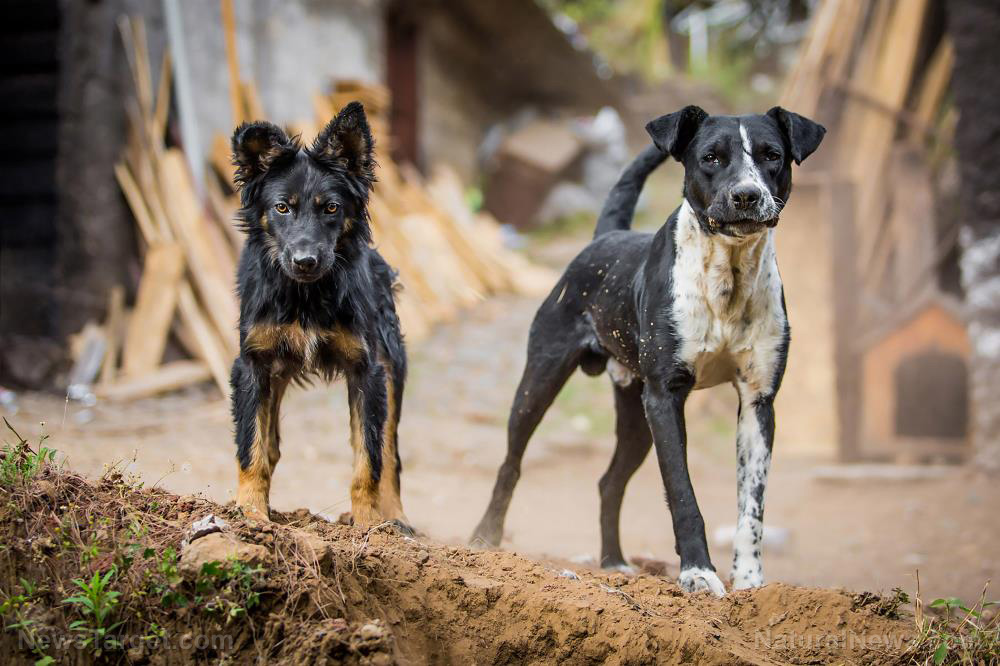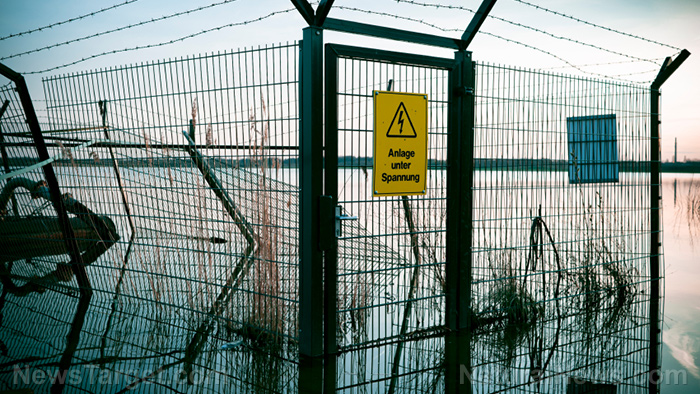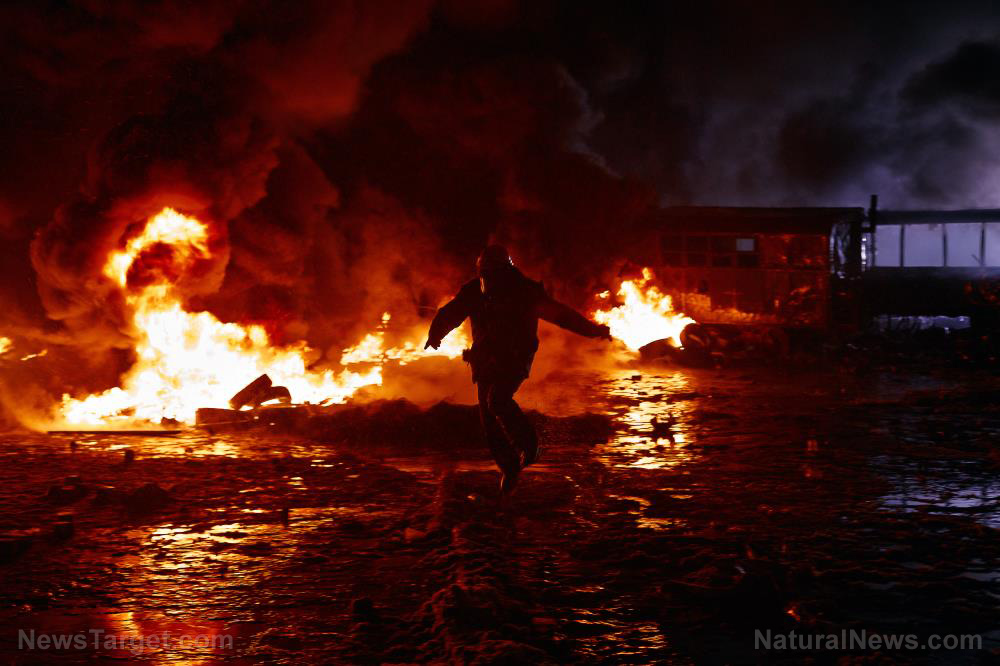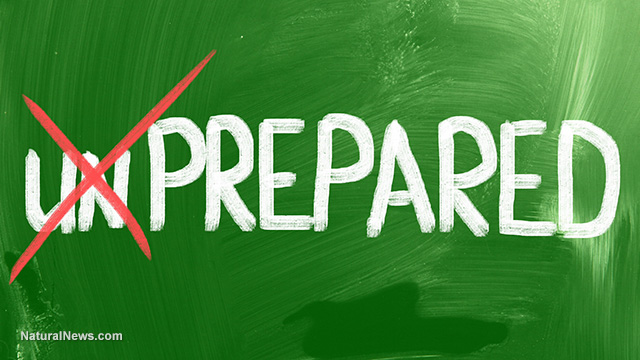A guide to understanding signals from animals to determine whether a natural disaster is about to strike
12/01/2018 / By Mary Miller

Natural disasters can happen anytime and anywhere. Devastating earthquakes often occur without warning. Or do they? Stories of animals displaying strange behaviors before earthquakes have existed for centuries, but can they detect natural disasters before they strike? (h/t to AskAPrepper.com)
The earth sometimes sends out subtle signals before disasters occur that are too imperceptible for humans to detect. However, some animals have more acute senses than humans do. For instance, humans are only able to hear sounds within the range of 20 hertz to 20,000 kilohertz, but animals such as dogs, elephants, bats, and deer are capable of hearing sounds well beyond this range. Preppers can take advantage of the heightened sensitivity of animals before SHTF. If your dog starts barking wildly at nothing, it’s possible that it could be nothing to worry about, but at the same time, it is essential not to disregard any potential warning signs. (Related: Ridding yourself of “normalcy bias:” Why we should take the warning signs seriously.)
Dogs
Dogs are among the best possible early detectors of natural disasters because you can easily observe them carefully for any strange behavior. When an earthquake occurs, it involves the movement of seismic waves far below the ground’s surface. These preliminary waves often produce infrasonic sounds that have a frequency lower than 20 Hz. Dogs will be able to hear this sound while humans won’t. Dogs and other animals with sensitive hearing will instinctively try to flee from the source of the sound. Dogs can give you a brief head start before the destructive seismic waves occur.
Dogs can also become more agitated or anxious before major weather events.
Birds
Birds normally have regular migrating patterns that can easily be observed. Generally, birds fly south for the winter and north for the summer. If a serious storm is about to occur, you might notice a sudden change in their migrating patterns.
Fish
Some fish and other aquatic animals are highly sensitive to changes in hydrostatic pressure. During a storm, fish will seek deeper waters for their own safety.
Bees
Bees will try to seek shelter if a disaster is imminent. They will all swarm back to their hives in preparation for a coming storm or disaster.
Frogs
Before the arrival of storms, frogs can be seen moving towards higher ground. They can also be found climbing out of the bodies of water they typically dwell in. Turtles do this also.
Bats
Bats are nocturnal animals, which means they sleep during the day and are active at night. If you see bats flying around during the daytime, it could be a dire warning that something is about to happen.
Chickens
Before a strong storm, chickens can feel the changes in atmospheric pressure. This may result in the hens slowing down or halting the production of eggs.
Cows
Cows can often be seen grazing on pastureland, but before a storm happens, they will try to move to higher ground and look for shelter in the trees.
Horses
Horses can also sense atmospheric changes. They may display agitated behavior and refuse to eat before a storm.
Elephants
Earthquakes cause tsunamis. With their incredible hearing, elephants will easily be able to detect the infrasonic sounds produced by the preliminary waves, before the tsunami even happens. They will then try to head for higher ground before the tsunami hits.
Ladybugs
Before a heat wave occurs, ladybugs will react by instinctively swarming and gathering together.
Monkeys
Monkeys are highly social animals, and their interactions can tell a lot about how they are feeling. Before a disaster occurs, they can become very agitated and even refuse food.
Read more articles on how to stay prepared when SHTF at Preparedness.news.
Sources include:
Tagged Under: animal senses, animals, bug out, bug out bag, disaster warning, early warning, earthquake warning, emergencies, emergency preparedness, off grid, outdoors, Pets, preparedness, preparedness and survival, prepper, prepping, prepping tips, self sufficiency, self-defense, self-reliance, self-sustainability, SHTF, signs, survival, survival skills, Survival Tips, survival tools, survivalist, warning



















